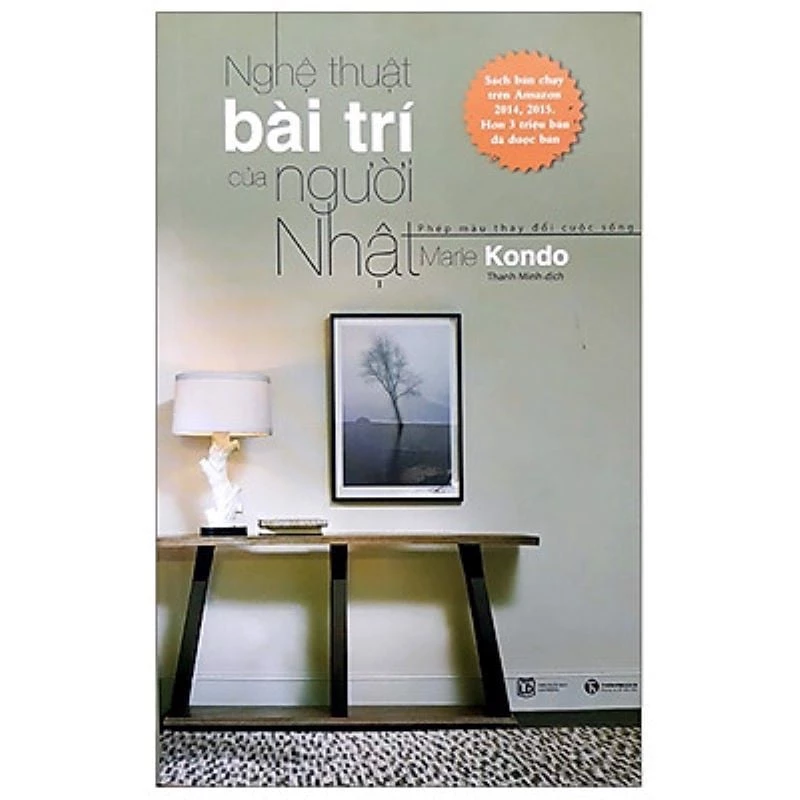Nhà Seljuk
| Nhà Seljuk | |
|---|---|
| Quốc gia | Đế quốc Seljuk Hồi quốc Rûm |
| Thành lập | 10th century – Seljuq |
| Danh hiệu | |
| Giải thể | Damascus: 1104 – Baqtash was dethroned by Toghtekin Great Seljuq: 1307 – Mesud II chết |
Nhà Seljuk (/sɛldʒʊk/ SELL-juuk; tiếng Ba Tư: سلجوقيان Saljūqiyān) là một vương triều Oghuz Thổ theo đạo Hồi giáo Sunni và tuần tự trở thành xã hội Ba Tư và đóng góp vào truyền thống Thổ Nhĩ Kỳ-Ba Tư[1][2] tại Tây Nam Á và Trung Á trong thời kỳ Trung Cổ. Nhà Seljuk xây dựng nên Đế quốc Seljuk và Hồi quốc Rûm, ở thời cường thịnh nhất trải dài từ Tiểu Á tới Iran và trở thành mục tiêu tấn công của Cuộc thập tự chinh thứ nhất.
Thư viện ảnh
[sửa | sửa mã nguồn]-
Toghrol Tower, một tượng đài thế kỷ 12 về phía nam Tehran kỷ niệm Toğrül.
-
Nghệ thuật thời Seljuk: Bình đựng nước từ Herat, Afghanistan, ngày 1180-1210. Đồng khảm bạc và bitum. Viện bảo tàng Anh.
-
Đầu của hoàng gia Seljuk, thế kỷ 12-13th, Iran. Khắc và khoan đá kết hợp với thủ công Iran. Lưu giữ tại New York Metropolitan Museum of Art.
-
Shatranj chess set, glazed fritware, 12th-century Iran. New York Metropolitan Museum of Art.
-
The Kharāghān twin towers, built in Iran in 1053 to house the remains of Seljuq princes
Tham khảo
[sửa | sửa mã nguồn]- ^ Grousset, Rene, The Empire of the Steppes, (Rutgers University Press, 1991), 161,164; "renewed the Seljuk attempt to found a great Turko-Persian empire in eastern Iran.
- ^ Nishapuri, Zahir al-Din Nishapuri (2001), "The History of the Seljuq Turks from the Jami’ al-Tawarikh: An Ilkhanid Adaptation of the Saljuq-nama of Zahir al-Din Nishapuri," Partial tr.
Đọc thêm
[sửa | sửa mã nguồn]- Grousset, Rene (1988). The Empire of the Steppes: a History of Central Asia. New Brunswick: Rutgers University Press. tr. 147. ISBN 0813506271.
- Peacock, A.C.S., Early Seljuq History: A New Interpretation; New York, NY; Routledge; 2010
- Previté-Orton, C. W. (1971). The Shorter Cambridge Medieval History. Cambridge: Cambridge University Press.
Chúng tôi bán
 GIẢM
18%
GIẢM
18%
135.000 ₫
165.000 ₫
 GIẢM
27%
GIẢM
27%
132.000 ₫
182.000 ₫
 GIẢM
31%
GIẢM
31%
58.000 ₫
84.000 ₫
 GIẢM
19%
GIẢM
19%
220.000 ₫
270.000 ₫










